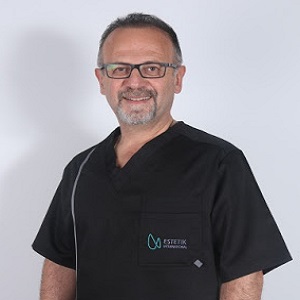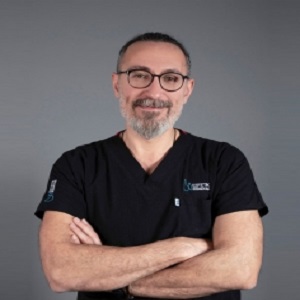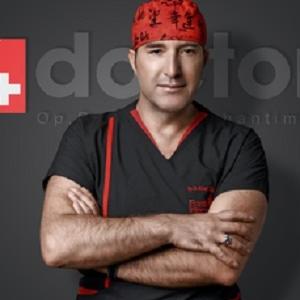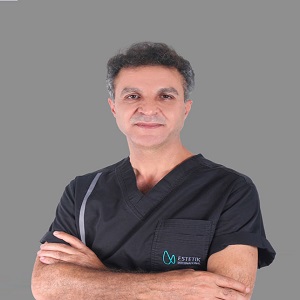Many people are dissatisfied with the aesthetics of their legs. This is where calf augmentation surgery in Turkey comes into play.
Calf implants in Turkey are made from silicone-based materials. They are custom-made prosthetic devices designed to improve the overall appearance and contour of the calf muscles.
Cost of Calf implants in Istanbul, Turkey
The cost of a calf implant in Istanbul, Turkey includes the price of the operation itself, anesthesia, hospitalization in special rooms, and medication.
Since calf augmentation is categorized as a cosmetic procedure, it typically falls outside the scope of coverage provided by your insurance policy. Therefore, it's advisable to carefully budget for this treatment.
With the assistance of our consultants, you can book a consultation, and get a quote of treatment in the hospitals and clinics in Istanbul, Izmir, Ankara, or Antalya. Book an appointment with the doctor for free.
Turquie Santé will find and negotiate the best price for your medical stay in Turkey on your behalf. We collaborate exclusively with the most reputable clinics and hospitals in the field of calf augmentation in Turkey.
The price of a Calf Implant in Istanbul, Turkey is much cheaper than in Europe. We guarantee high-quality patient care. Nonetheless, the final cost of the whole procedure is ultimately determined by the brand of the implant you choose.














